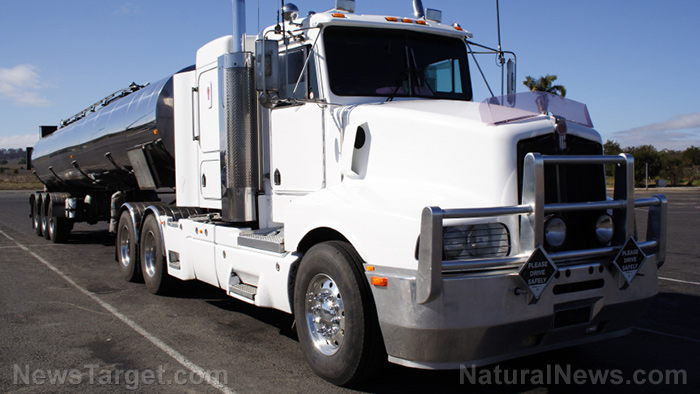
In Shropshire, England, fields of crops are being grown by tractors and drones without the need of drivers. These self-driving vehicles are able to farm a field of barley, from planting the seeds to yielding the crops, according to an article by The Daily Mail. A path was set using GPS. Similarly, scientists from Harper Adams University observed the field and made sure the crops were growing healthily using self-driving drones. The researchers worked together with Precision Decision, an agricultural company.
According to the researchers, their project can transform the farming industry and simplify the work of farmers. This project, named Hands Free Hectare (HFHa), aims to be the first in the world to plant, tend, and harvest a crop with the use of self-driving drones and vehicles.
“There's been a focus in recent years on making farming more precise, but the larger machines that we're using are not compatible with this method of working,” said researcher Jonathan Gill. “They're also so heavy that [they're] damaging farmers' soils.”
The team believes that smaller agricultural machines can improve soil and plant health. This project began with driverless tractors that dig channels with accurate depth for the barley seeds to be sowed. These self-driving tractors are able to plant seeds and spray fungicides, herbicides, and fertilizers, while the autonomous harvester tended the barley crops.
“This project aimed to prove that there's no technological reason why a field can't be farmed without humans working the land directly now and we've done that,” Martin Abell, mechatronics researcher at Precision Decision, said in a press release. “We set-out to identify the opportunities for farming and to prove that it's possible to autonomously farm the land, and that's been the great success of the project.”
Although successful, the team of researchers had weather issues when farming. They had to adjust their spraying and harvest schedules because of the rain.
Troops of "smart" trucks
A new technology called “platooning” on trucks will be tested by the German car manufacturer Daimler AG, according to another Daily Mail report. This technology will allow large digitally-connected trucks to conserve fuel by driving closely together.
“We definitely are leaving 2017 with nice momentum,” Daimler's chief of commercial truck industry Martin Daum.
The testing of the company's platooning technology has been approved by the Oregon Department of Transportation. (Related: Google gives driverless cars the green light for business, but are we really ready for AI piloted vehicles on our roads?)
The company said that connectivity and automated driving in truck platooning will lead to safer vehicle convoys, support drivers, and enhance efficiency between the connected trucks. The trucks were connected to each other through WiFi and included a system that had electronic driver aids such as adaptive cruise control, lane-keep assist, and autonomous emergency braking.
“Fleet operators will not get the full pay back for investments in the technology until regulations allow one driver to pilot a truck while drivers in the trucks behind sleep, and that is a long way out,” explained Daum.
He also said that keeping trucks and cargo on-the-go without needing to have rest breaks would "unleash a huge efficiency potential." However, they cannot solve the problem yet because they lack the technology.
Read more news like this at FutureScience.news.
Sources include:
Please contact us for more information.




















